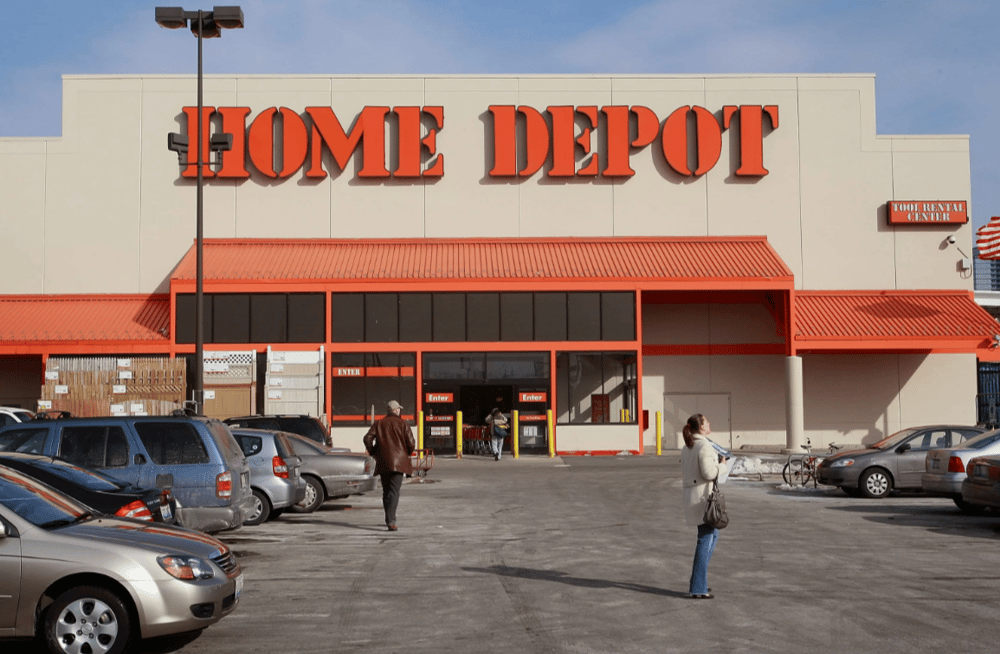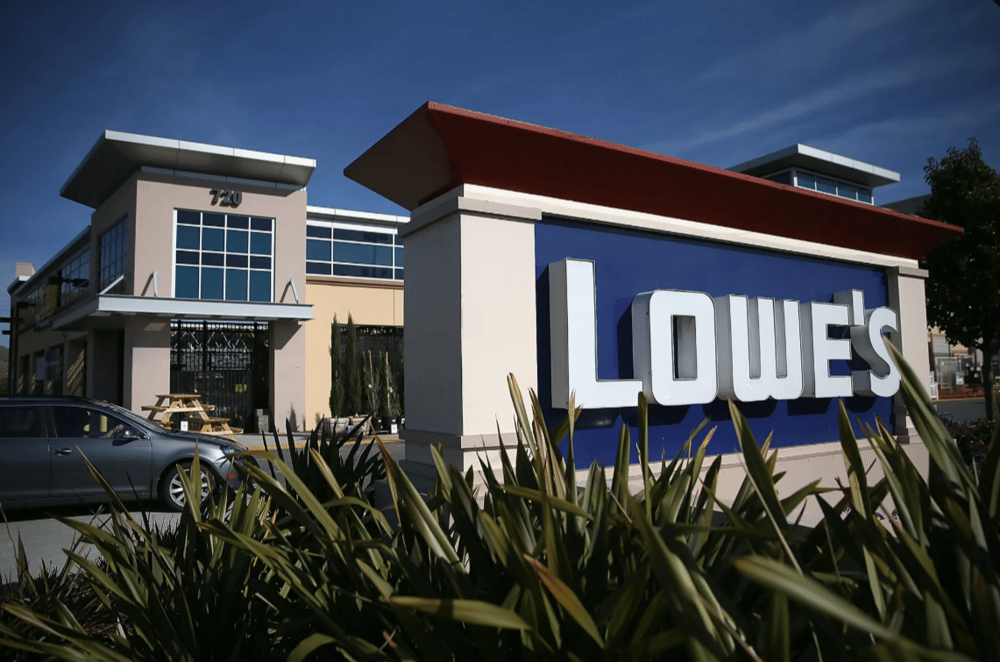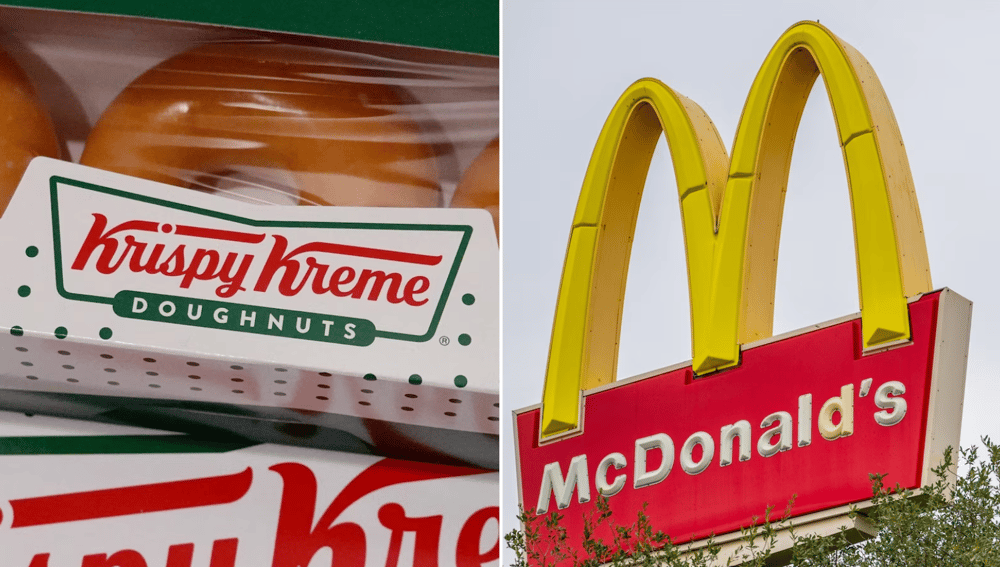Lowe's Reports Modest Sales Decline in Q1 as Professional Demand Offsets Weak DIY Spending
Lowe's Companies Inc. $LOW, a major U.S. home improvement retailer, announced a better-than-expected performance in its fiscal Q1 earnings on Wednesday. The firm reported a milder decline in comparable store sales than analysts anticipated, supported by steady demand from professional contractors. This resilience helped the company reaffirm its full-year forecast, signaling operational stability despite macroeconomic headwinds including tariff-driven pricing pressures and weakened discretionary consumer spending.
Lowe’s Q1 update came amid broader retail sector volatility. Rival Home Depot $HD also maintained its outlook earlier this quarter, suggesting a similar confidence in contractor-driven revenue. In contrast, mass-market retailers like Walmart $WMT and Target $TGT have downgraded forecasts, citing weakening demand and inflationary risks exacerbated by persistent U.S. tariffs.
Lowe’s Performance Supported by Pro Segment Despite DIY Weakness
Lowe’s continues to navigate a bifurcated demand environment. While consumer interest in do-it-yourself (DIY) projects has waned due to inflation and economic uncertainty, the company’s core professional business segment—serving builders, electricians, and plumbers—remains robust. This customer base, less sensitive to price fluctuations and short-term economic noise, has helped stabilize Lowe’s revenue trajectory in Q1 2025.
The company’s ability to retain its annual guidance further differentiates it from generalist retailers more vulnerable to broad shifts in consumer sentiment. In its earnings release, Lowe’s emphasized ongoing efficiency measures and targeted investment in logistics and contractor services as key buffers against macro pressures.

Key Q1 Facts:
Comparable Sales: Declined less than forecasted, primarily due to strength in Pro customer demand
Outlook: Lowe’s maintained its full-year sales and profit guidance
Stock Response: Lowe's Companies Inc. shares remained stable in early trading
Segment Split: DIY revenue under pressure; Pro segment remains growth engine
Tariff Exposure: Acknowledged as a potential cost headwind, though less immediate than for Walmart or Target
Market Reactions and Analyst Insights
Unlike Target and Walmart, which have flagged deteriorating consumer sentiment and pricing risk from tariffs, Lowe’s appears better positioned in the current retail cycle. Its reliance on the professional trade—often insulated from short-term discretionary trends—has created a cushion against inflation-led demand erosion.
Wall Street analysts have broadly interpreted Lowe’s Q1 results as a signal of relative strength in the home improvement sector, especially in B2B channels. Several investment firms noted that the stable outlook contrasts favorably with more consumer-dependent peers, making Lowe's a potentially defensive asset in retail equities amid trade-related uncertainty.

Key Takeaways:
Modest Sales Decline: Lowe’s posted a smaller-than-expected Q1 drop in comparable sales
Pro Segment Support: Growth in the professional contractor base mitigated DIY softness
Full-Year Forecast Intact: Guidance held steady despite macro risks
Sector Divergence: Home Depot and Lowe’s show stability while Target and Walmart lower outlooks
Tariff Commentary: Lowe’s acknowledged exposure but signaled limited near-term impact
Lowe's Q1 Results Highlight Structural Strength in Pro Segment Amid Retail Sector Divergence
Lowe's Q1 2025 results underscore the firm’s relative insulation from the broader slowdown affecting U.S. retail. While macroeconomic uncertainty and tariffs continue to weigh on consumer-facing giants such as Walmart and Target, Lowe's remains buoyed by a more resilient professional segment that sustains demand for core building and repair products.
As geopolitical and economic conditions evolve, Lowe's strategic emphasis on trade professionals and operational efficiency may continue to provide competitive stability. For now, its reaffirmed annual guidance and disciplined cost control mark a stark contrast to downward revisions seen elsewhere in the retail landscape.















Comments